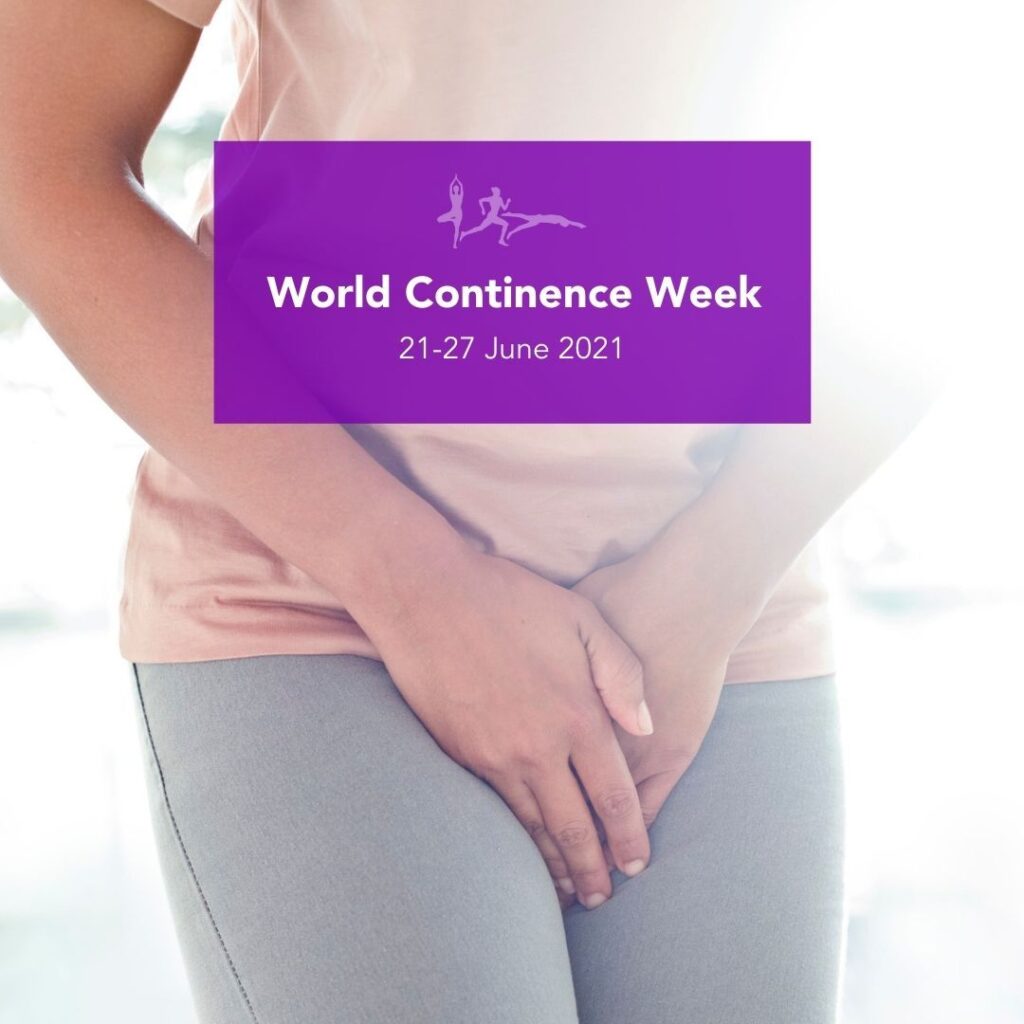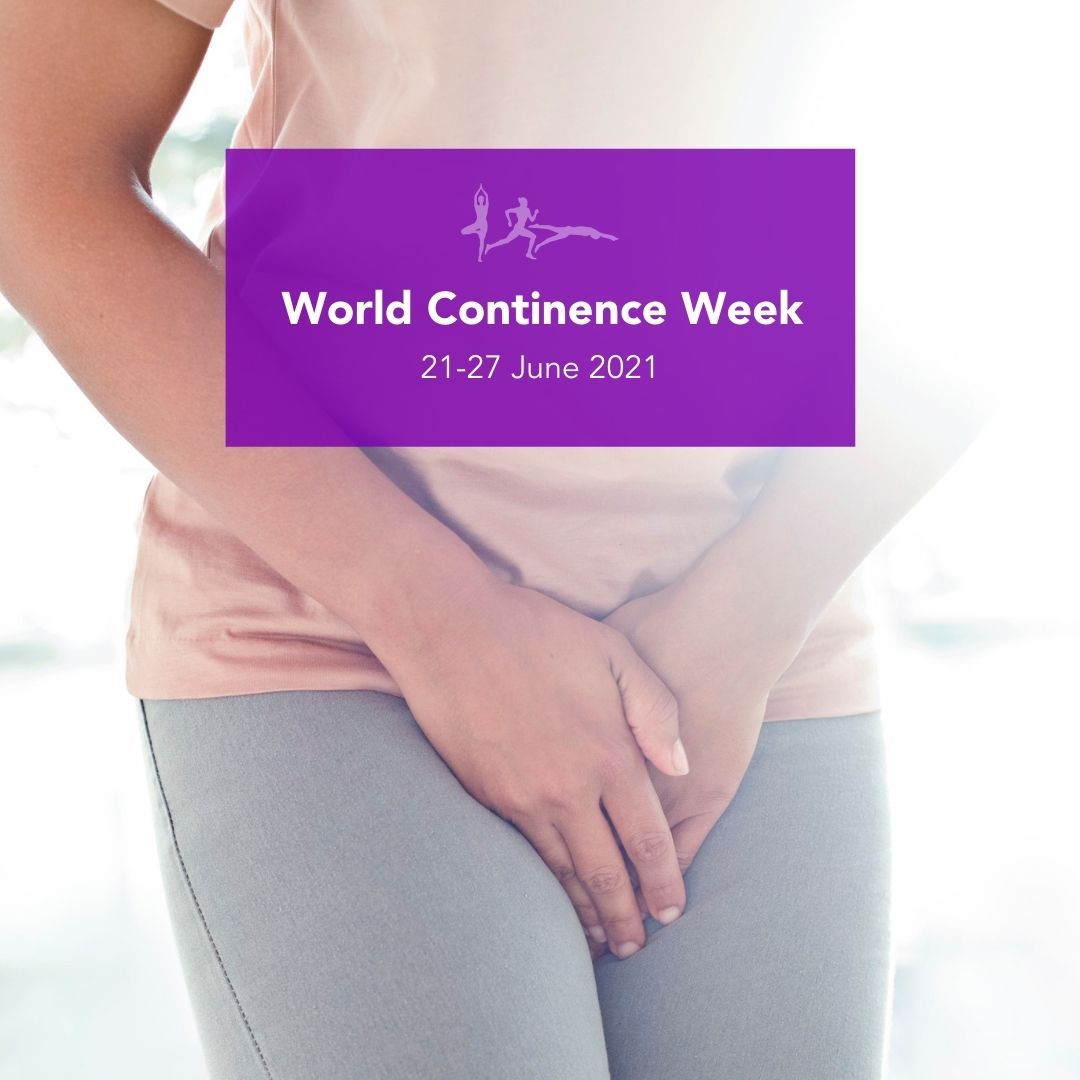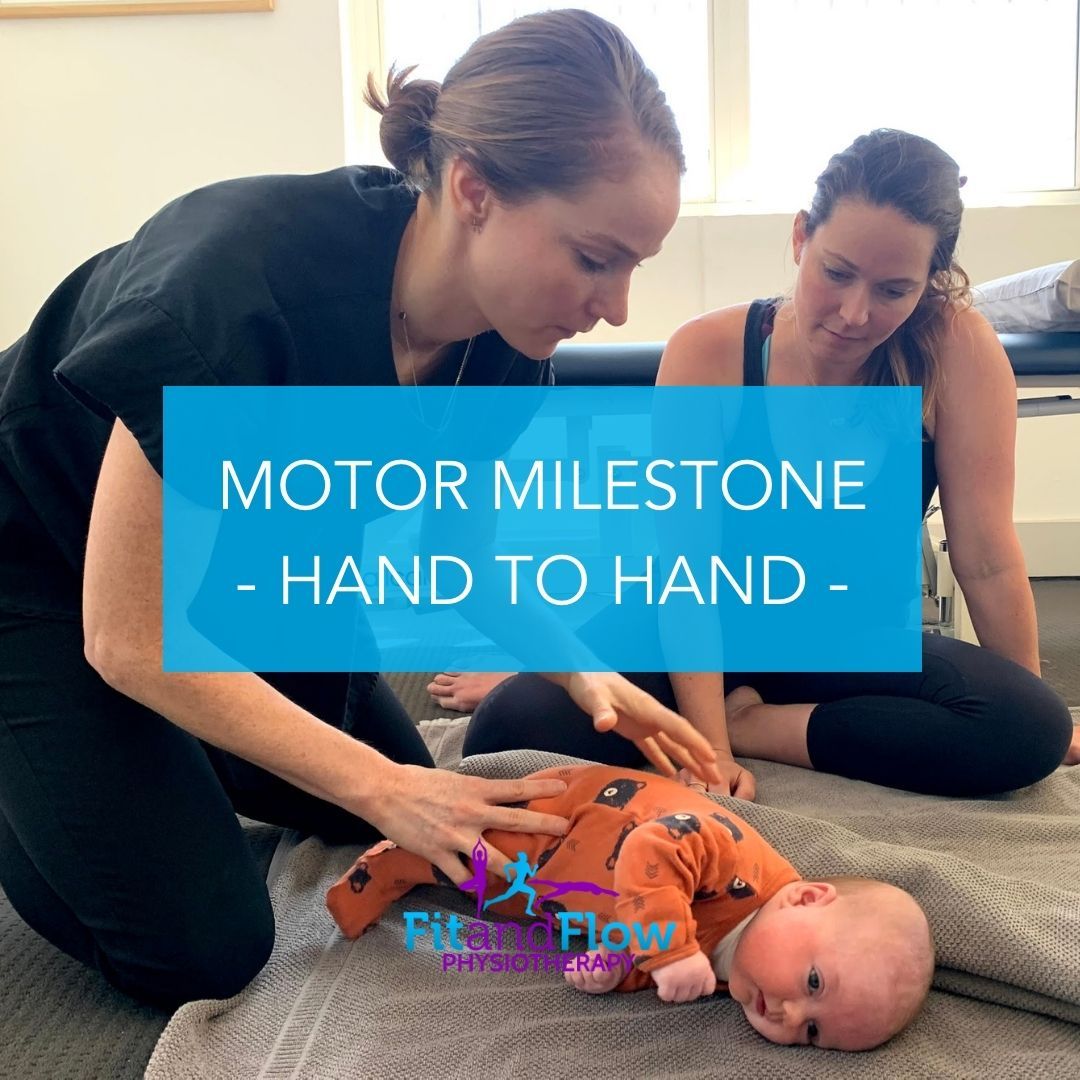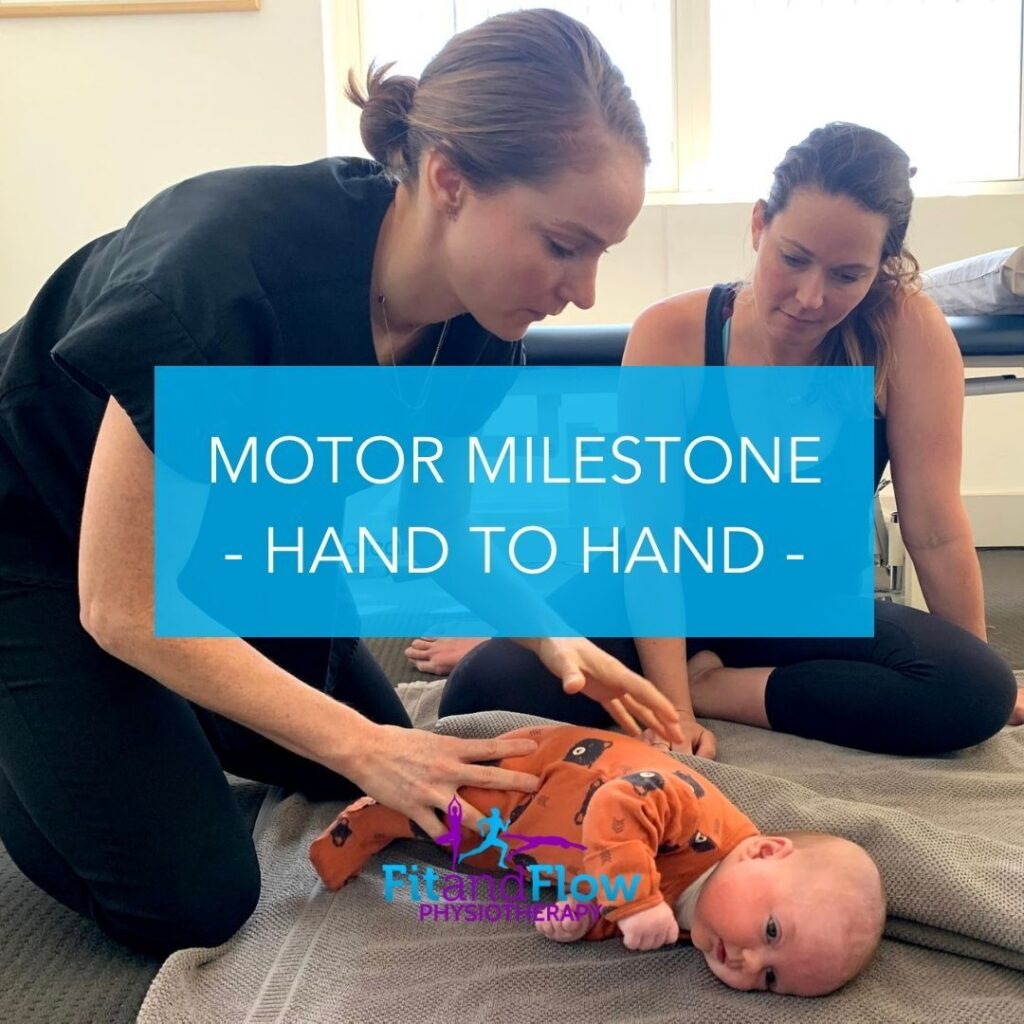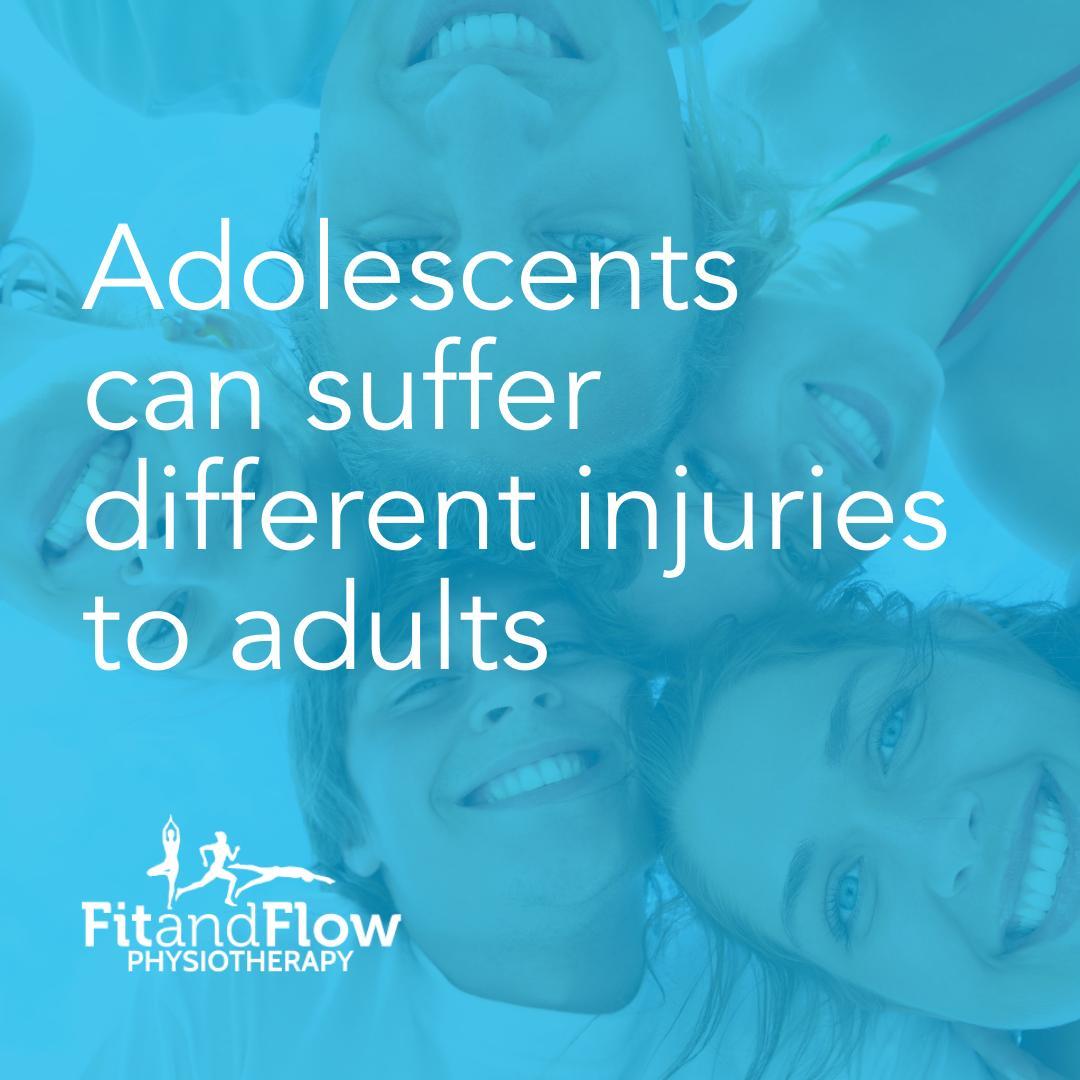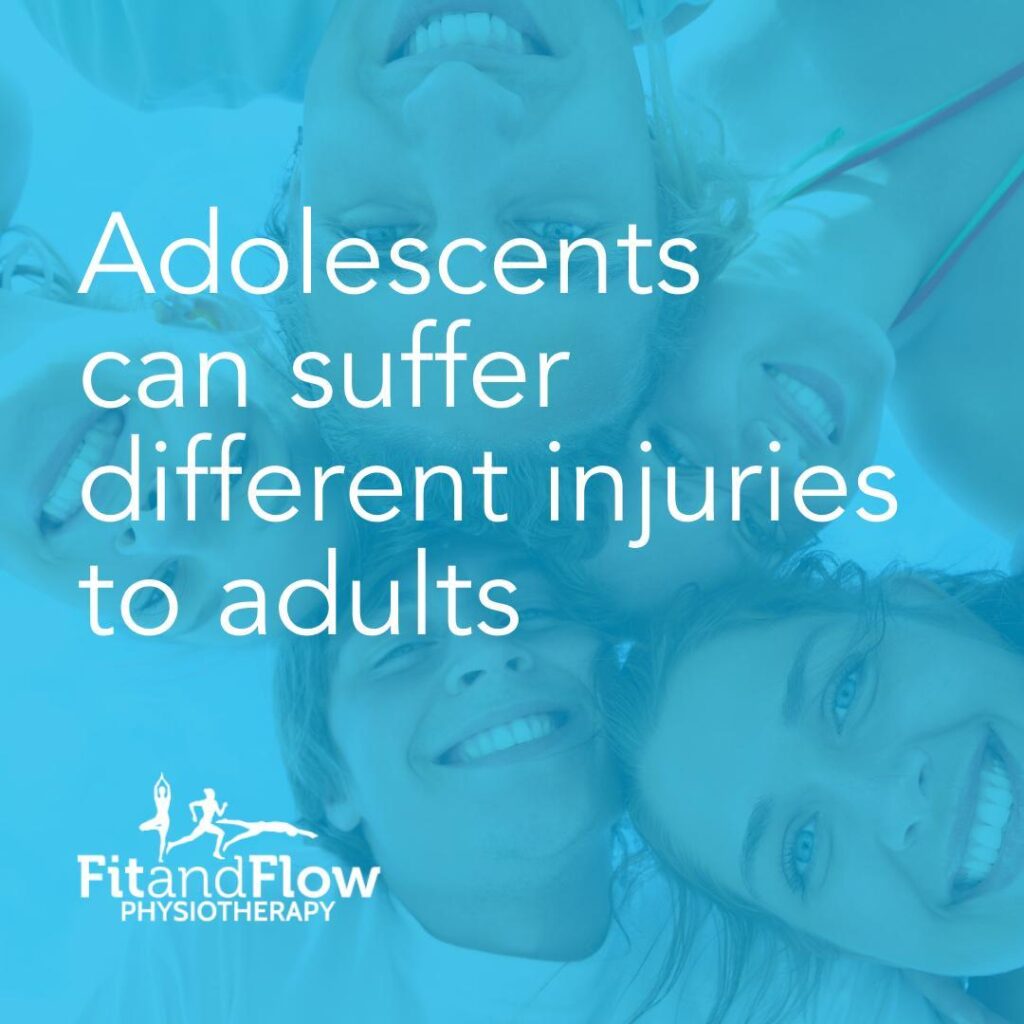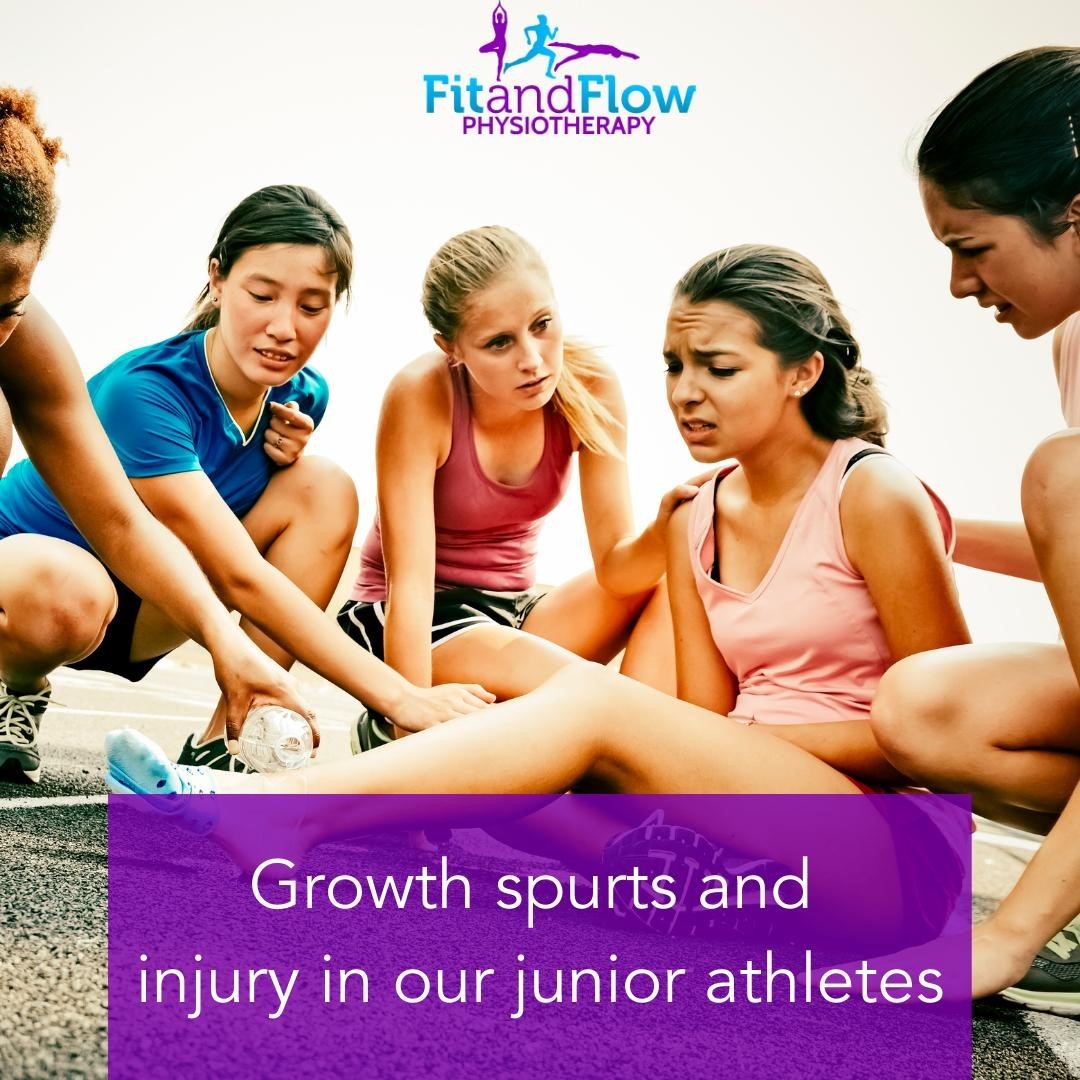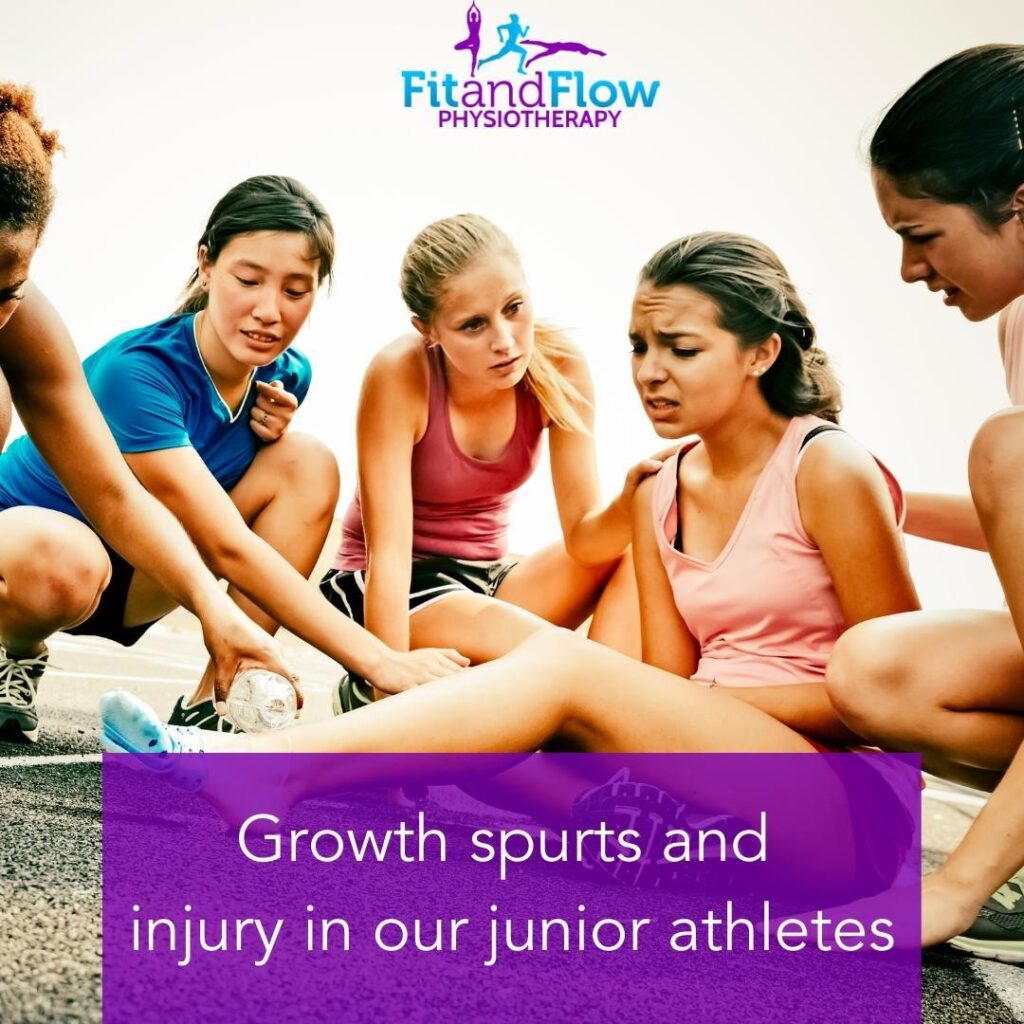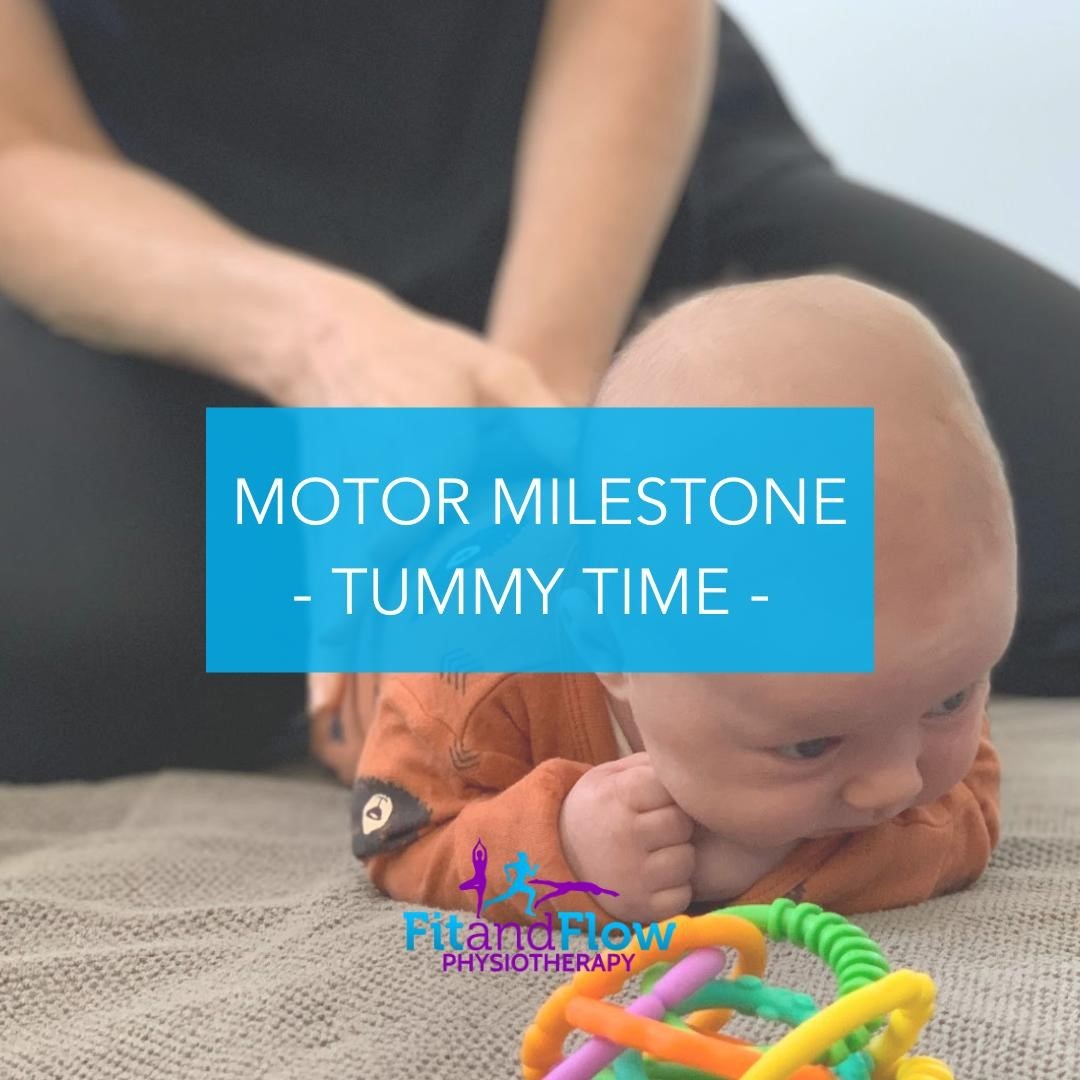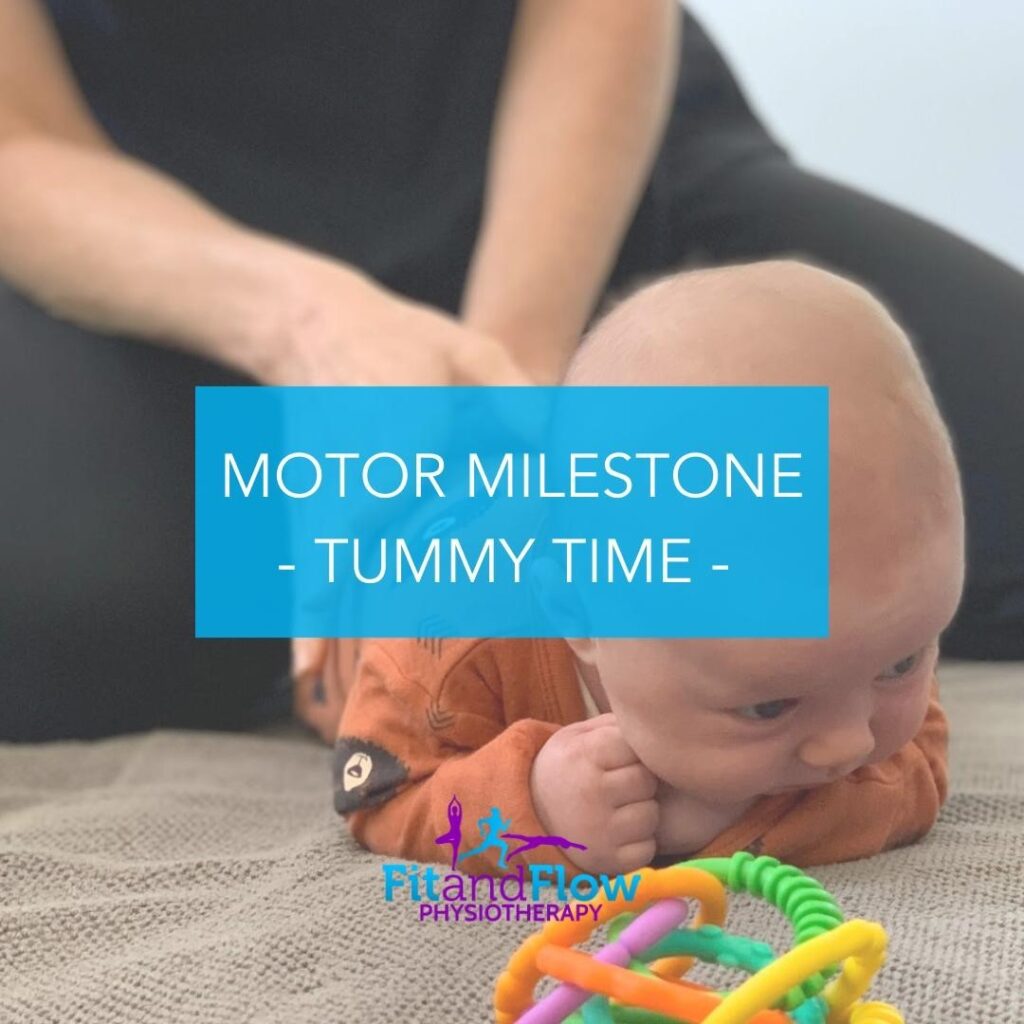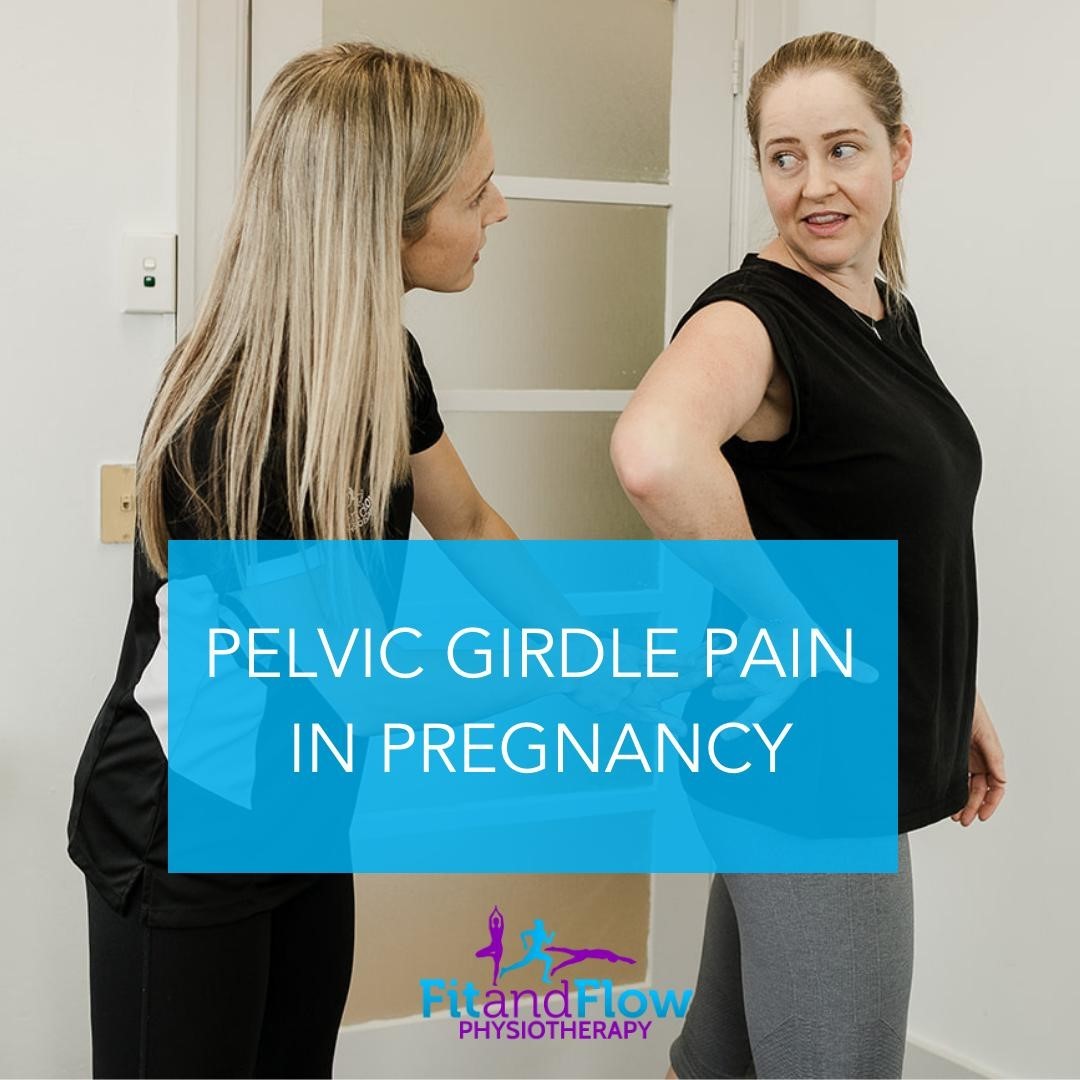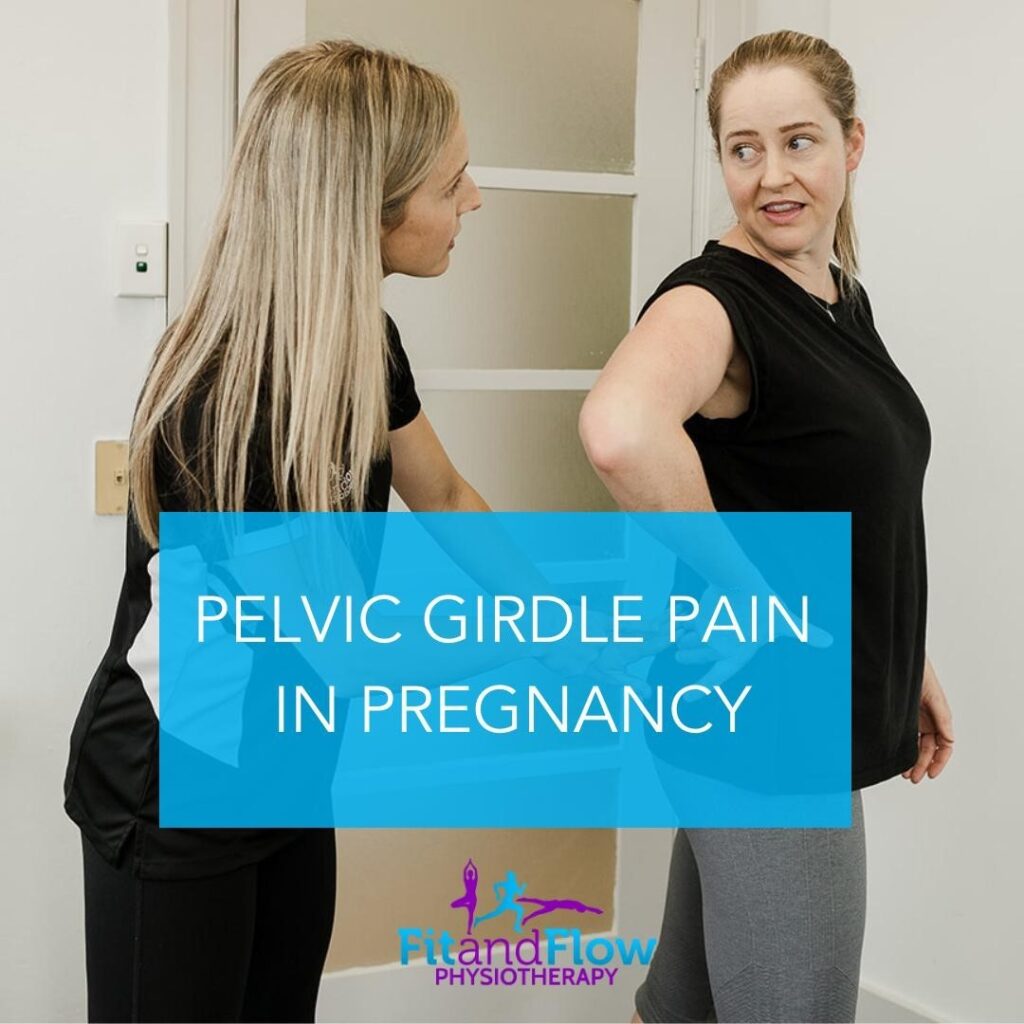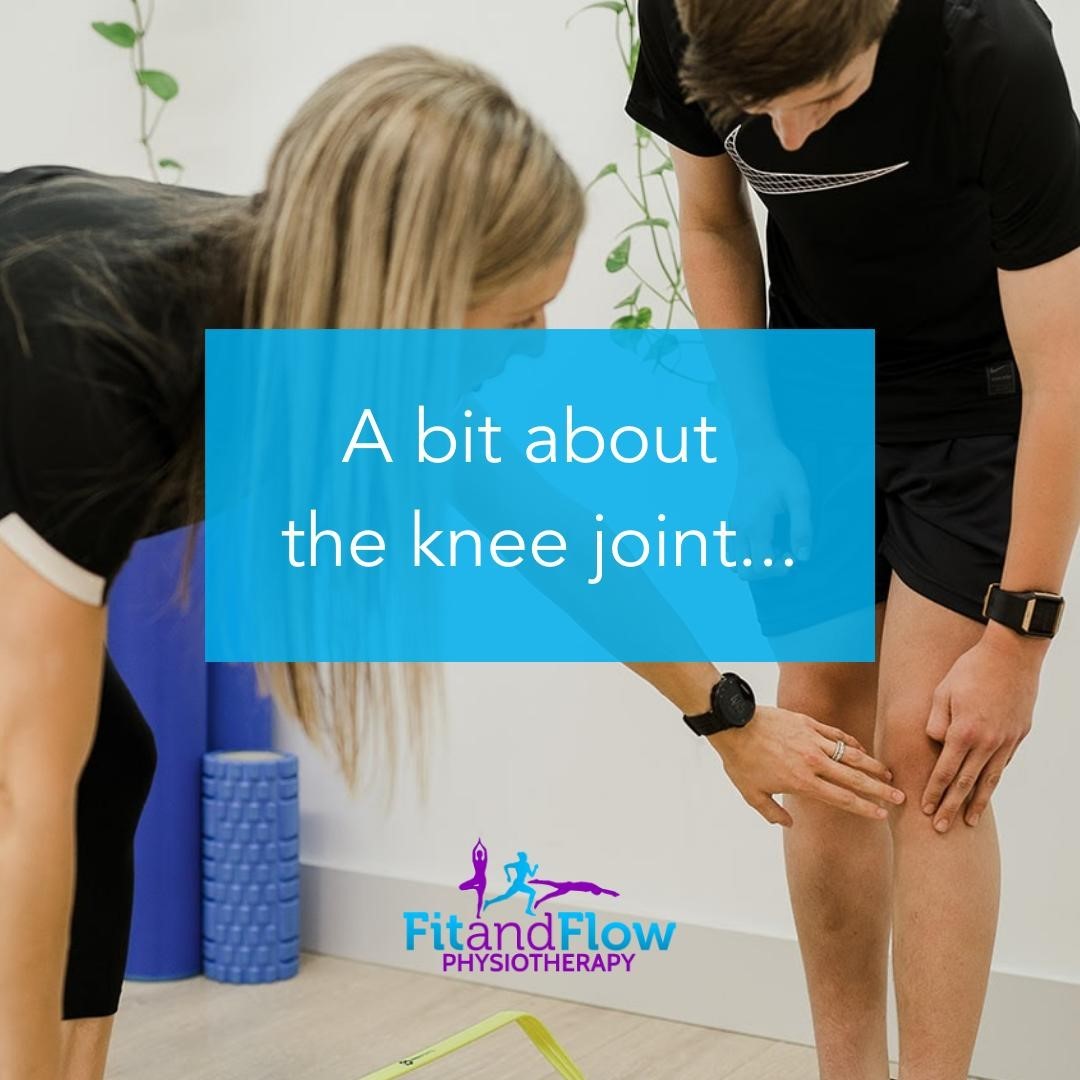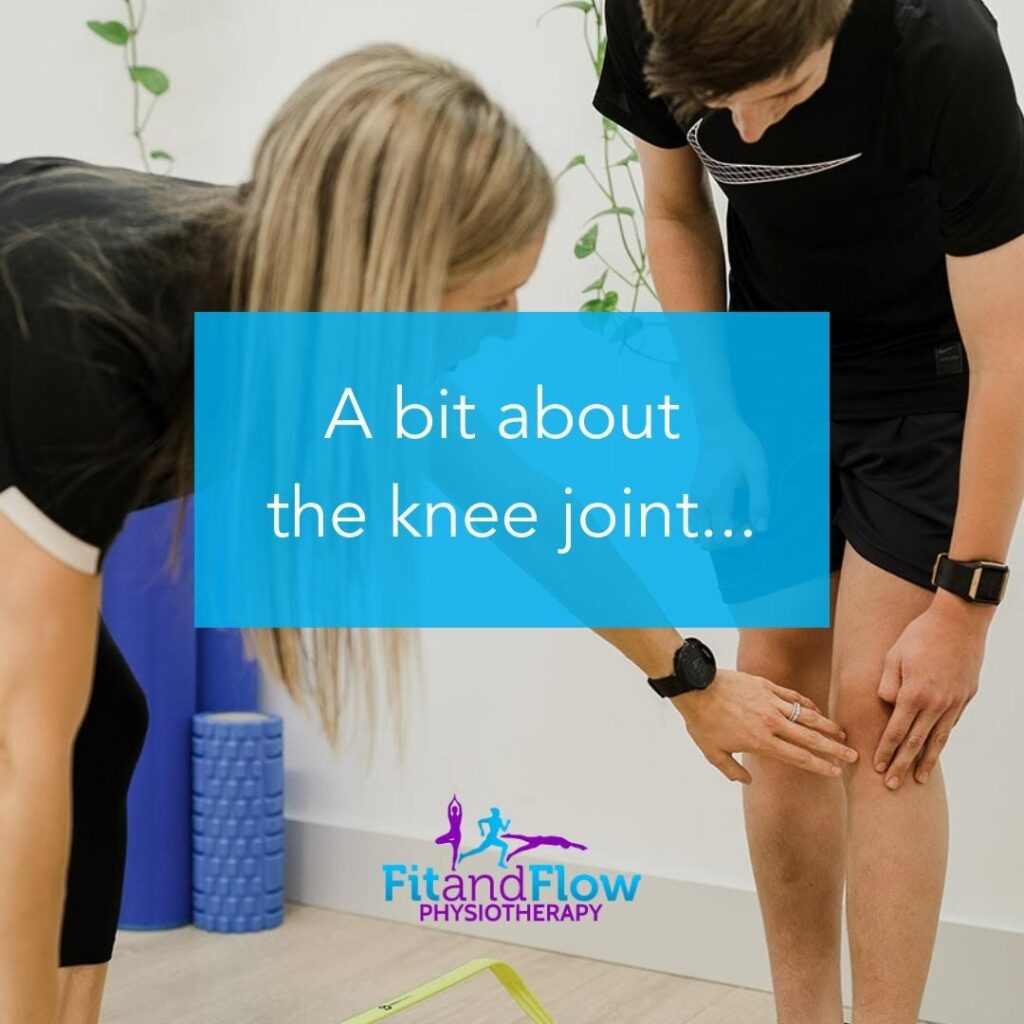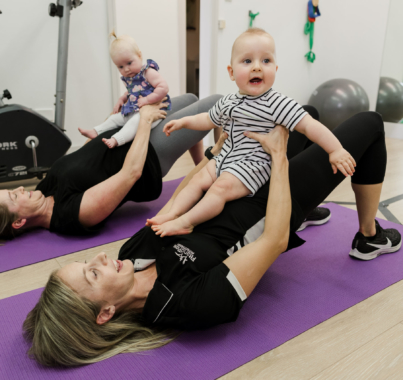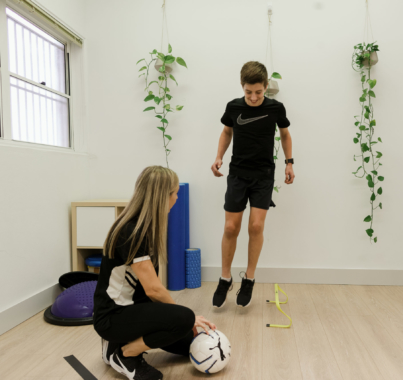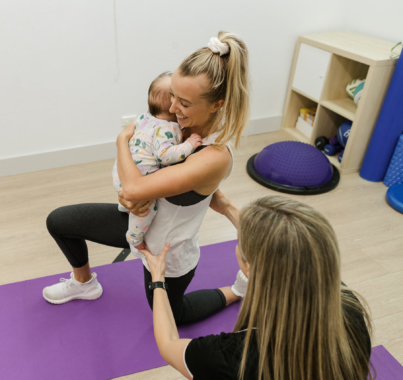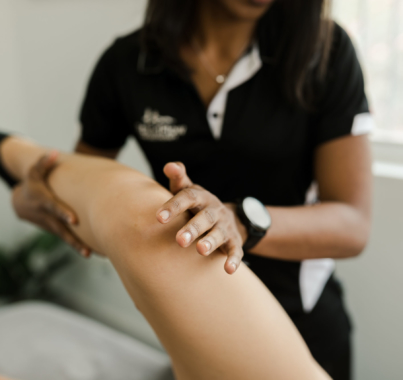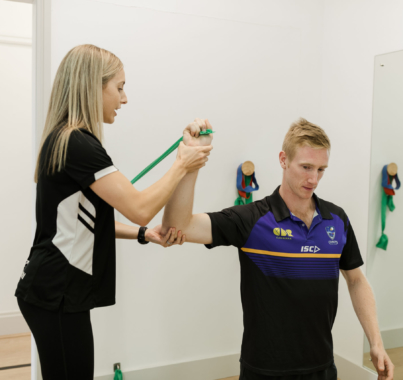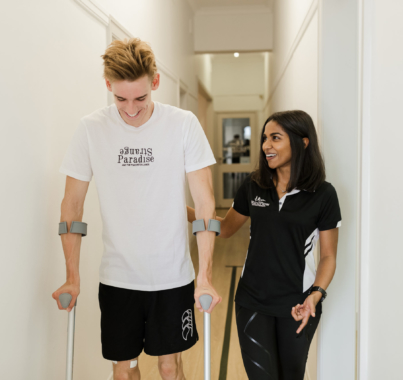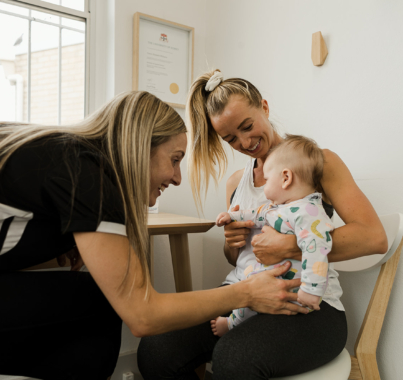World Continence Week Brings Awareness to Incontinence
Did you know that incontinence affects 1 in 4 Australians?
Incontinence includes any accidental loss of urine, faeces or flatus (wind).
Incontinence can affect men, women and children of all ages, backgrounds and abilities.
Unsure if you might need to see someone about your bladder or bowel control?
First of all, if you are questioning this then the likelihood is that you might need to speak with your health professional (there are no silly questions about bladder or bowel)
But if you need more convincing, see if you answer yes to any of the following questions that might indicate that you need to seek some help:
– If you experience bladder or bowel problems, but are not sure if you should seek help, try this quick quiz. If you answer ‘yes’ to any of these questions you may have a bladder or bowel control problem.
• Do you sometimes feel you have not completely emptied your bladder?
• Do you rush to use the toilet?
• Are you frequently nervous because you think you might lose control of your bladder or bowel?
• Do you wake up twice or more during the night to go to the toilet?
• Do you sometimes leak before you get to the toilet?
• Do you sometimes leak when you lift something heavy, sneeze, cough or laugh?
• Do you sometimes leak when you exercise or play sport?
• Do you sometimes leak when you change from a seated or lying position to a standing position?
• Do you strain to empty your bowel?
• Do you sometimes soil your underwear?
• Do you plan your daily routine around where the nearest toilet is?
It can feel embarrassing or scary to have to open up to people about issues you may be facing with continence… but there is a lot you can do to improve and even get rid of some continence issues!
There are a number of places that you can get more information and help, visit the Continence Foundation of Australia website or give them a free call on 1800 33 00 66.
Or you can speak to your GP or our Women’s Health Physiotherapist to gain more help as well.
